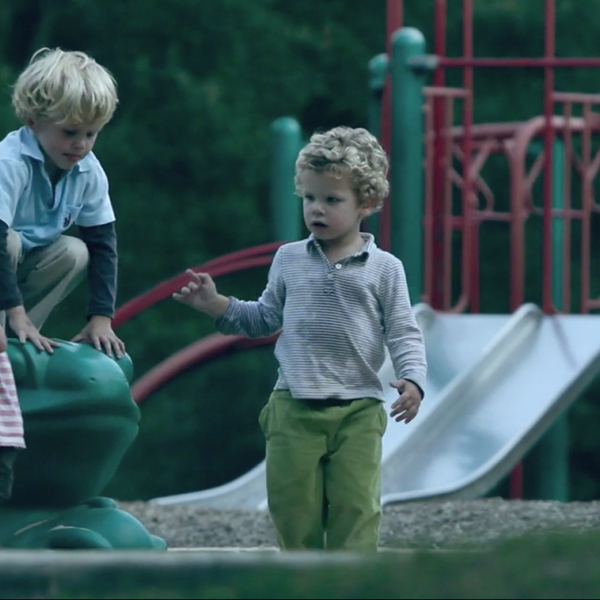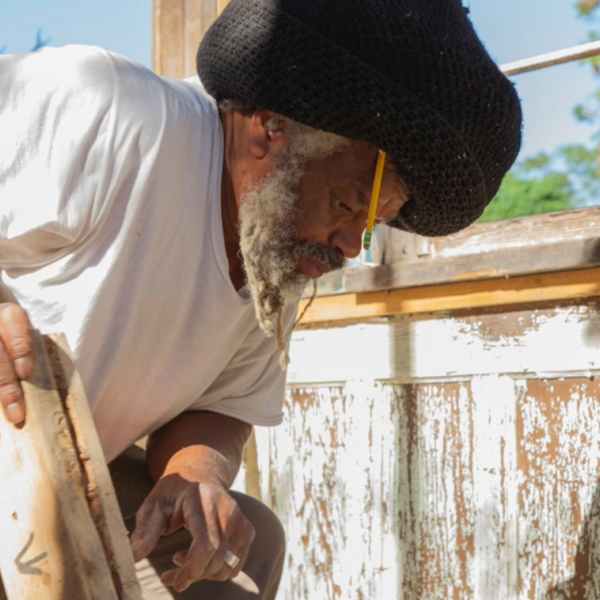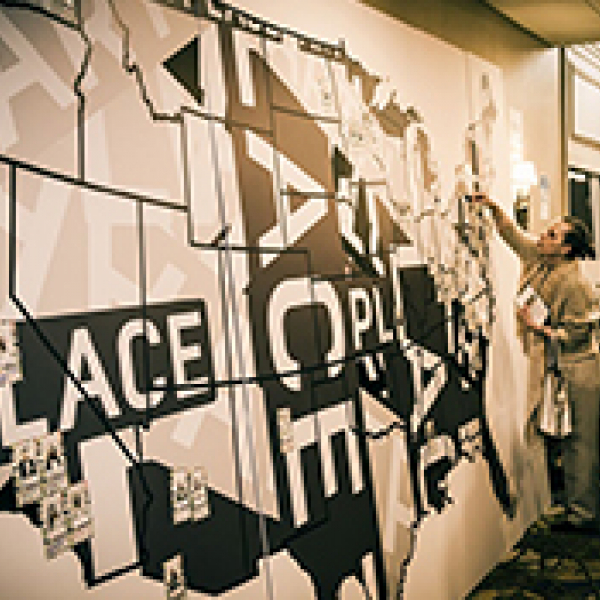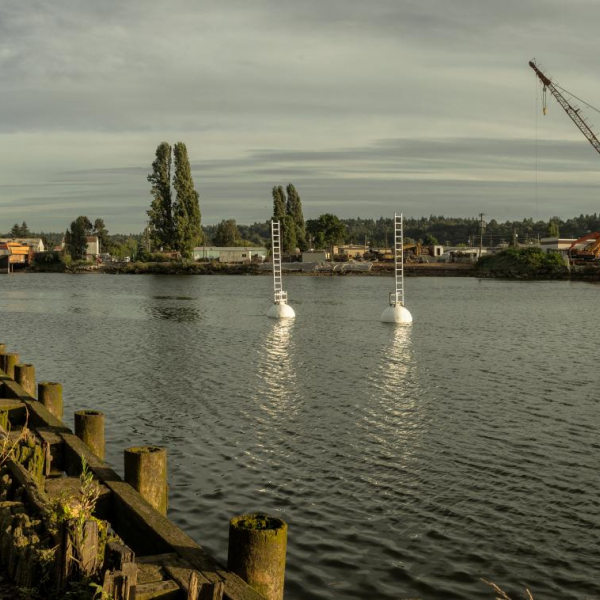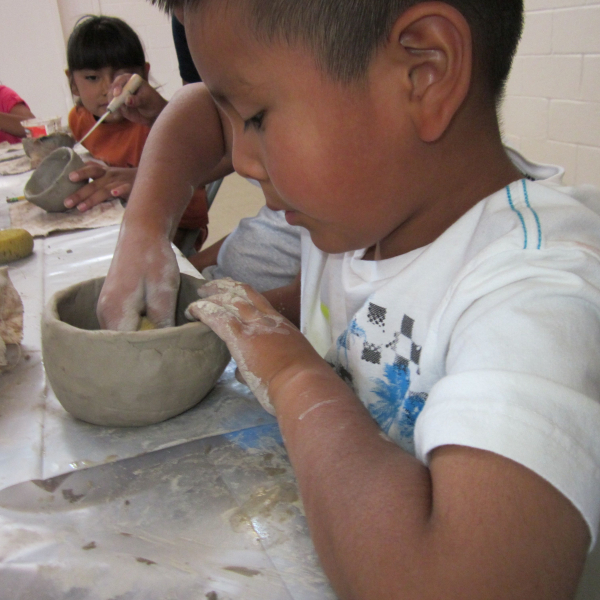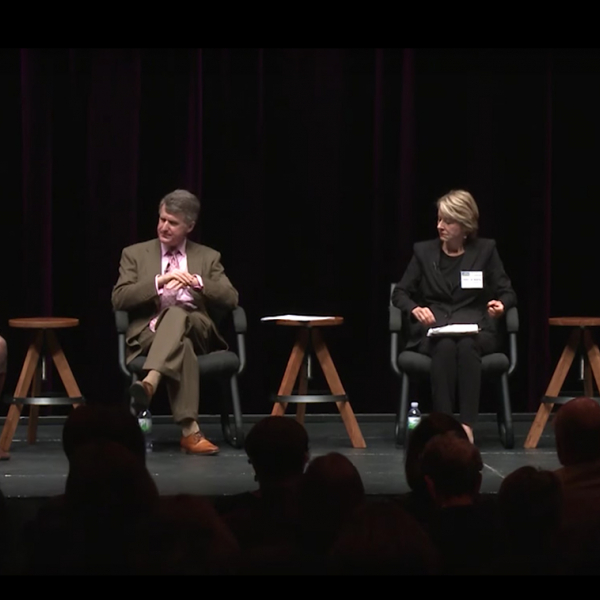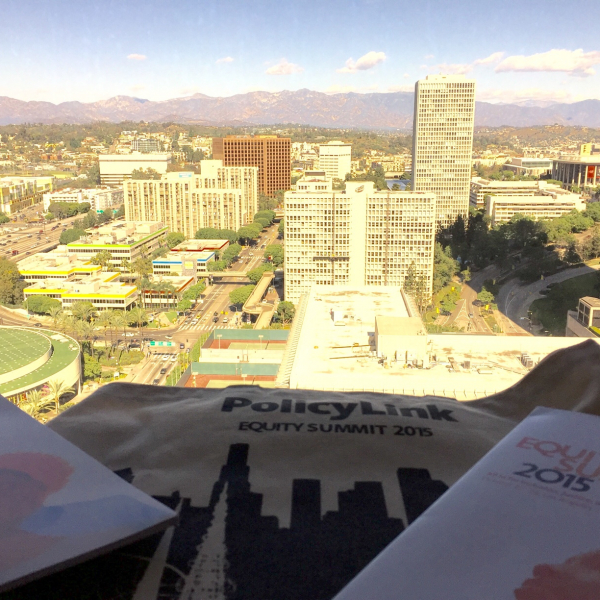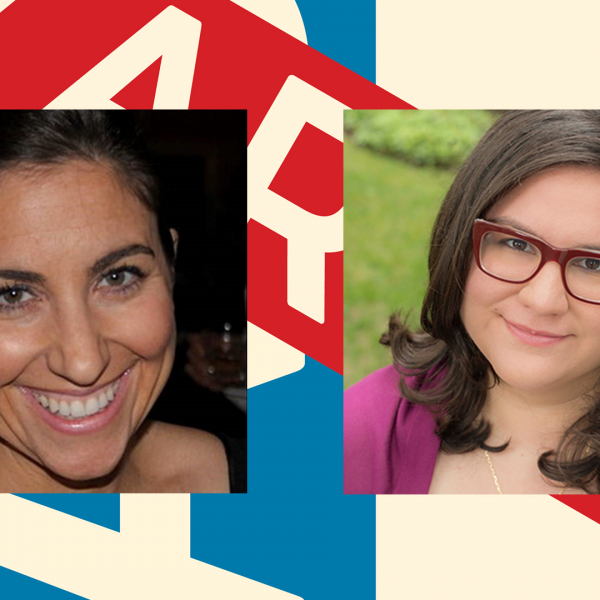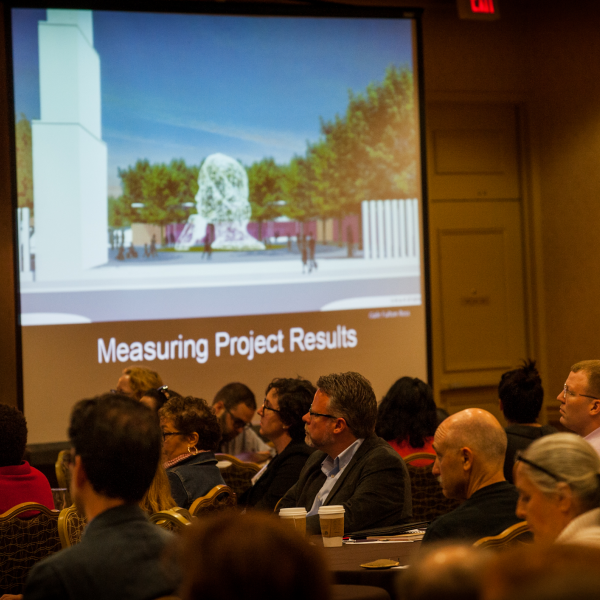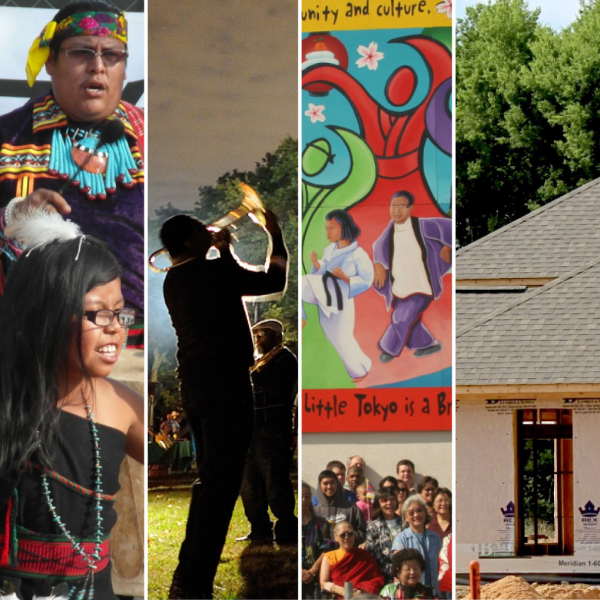As ArtPlace's research director I find myself in countless cross sector conversations across the country. Whether I’m on a panel myself or in the audience at someone else’s presentation, my job is to listen for alignments and to look for opportunities to connect the arts to other community development efforts and agendas. Two things have jumped out at me in the past couple months. The first is that a lot of people outside of the arts point to the 2010 Gallup / Knight Soul of the Community study as central to their work.
20.11.15
This post is the eighth in a ten-part series continuing those conversations, and it focuses on Immigration. Below is a summary of a conversation between Nia Umoja, of the Cooperative Community of New West Jackson and Henry Reese, of City of Asylum. The immigration sector stretches beyond law and public policy to include how communities navigate all entrants and exits, and how new inhabitants contribute to community identity. “Experiencing another person and exploring what it means to relate to other people in your community is a valuable and conjoining force..."
17.11.15
About a year ago we put the Community Development Matrix together to lay out our sense of how the community planning and development world self-organizes. It helps us break things down into more digestible morsels and monitor the diversity of perspectives we take into account across all four of our lines of work. After debuting the matrix at our Summit and sharing it with colleagues across the country, it’s time to share what we’ve affectionately named the Matrix 2.0. We’ve also cooked up a potential way to bring similar rigor to how we look at the arts world, but let’s save that for a separate post.
11.11.15
This post is the seventh in a ten-part series continuing those conversations, and it focuses on Environment & Energy—which we previously labelled Environment & Open Space. Below is a summary of a conversation between Clark Wilson of the US Environmental Protection Agency and Sarah Kavage of Duwamish Revealed. First, you may notice that we’ve decided to label this sector Environment & Energy rather than Environment & Open Space.
11.11.15
It’s not often that you get to spend a month on the road with your coworkers! During October, Jamie B, Prentice, and I shared many planes and coffees visiting each of the six Community Development Investments participants. We were able to visit the communities and spend time with the staff, and it was a great way to get the program up and running! So, how is the kickoff process going? Community Forums: In each location throughout October, participating organizations held events inviting their communities to come learn more about the program. In addition to representatives from ArtPlace and ArtPlace’s funding partners,
06.11.15
The Federal Reserve Bank of San Francisco (SF Fed) publishes the Community Development Investment Review, a journal that brings together to bridge the gap between theory and practice in providing capital to low-and moderate-income communities. The journal leverages a broad spectrum of contributors ranging from government and nonprofits to financial institutions and beneficiaries to research and disseminate best practices. In January 2015 the SF Fed published a special issue on creative placemaking that included articles from a range of thought leaders working within the creative placemaking field including:
03.11.15
Last week our team was able to attend PolicyLink’s Equity Summit 2015 in Los Angeles. PolicyLink is our research and documentation consultant for our Community Development Investments and were kind enough to invite us down for this Summit. In PolicyLink’s own words, the Equity Summit 2015 strived to “ground inclusion, justice, and prosperity in the urgent issues of today and connect them to the creativity and bold vision of the equity movement. Advocates from Ferguson to New Orleans, Minneapolis to New York, and all points in between, will be part of interactive panels, tours, and in-depth, skills-building sessions that showcase how local leaders can impact policy change. Equity Summit 2015 will forge powerful partnerships for building an equitable and prosperous nation."
29.10.15
This week we are thrilled to welcome two new team members to the ArtPlace team: Sarah Calderon and Marirosa García! Sarah joins us as our new Managing Director, focusing on the management of ArtPlace and working with all of our colleagues on the connections and synergies among our work. Sarah comes to us from Casita Maria Center for the Arts & Education (Bronx, NY). During her tenure as executive director, Sarah spearheaded the opening of a new facility and developed partnerships with entities ranging from Lincoln Center to the NYC Housing Authority.
14.10.15
Over the last month, ArtPlace’s research efforts have quietly transitioned from being a conceptual framework to being a nuts and bolts reality. With three new research consultants on board, we are undertaking the first of several “field scans” that explore the relationship between the arts and other sectors of community development. Of the ten sectors that ArtPlace has identified in our Community Development Matrix, we chose to begin our research work by looking at the Housing, Public Health, and Public Safety sectors.
02.10.15
Over the first three weeks of October, the participating organizations of the Community Development Investments will hold community forums to introduce this program to local stakeholders. The events will be livestreamed below and we’ll update this page with recordings as they become available. We recently launched our one-time Community Development Investments (CDI) program to invest a total of $18 million in six place-based organizations seeking to incorporate arts and cultural strategies into their core community development work. Each participating organization will receive $3 million over three years as well as technical assistance to support this effort.






